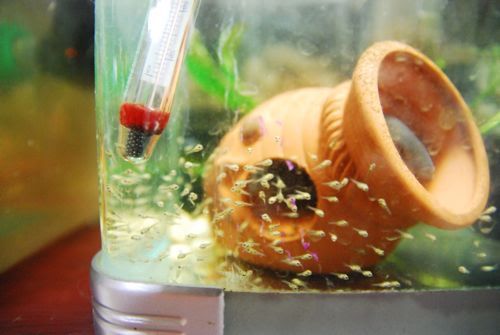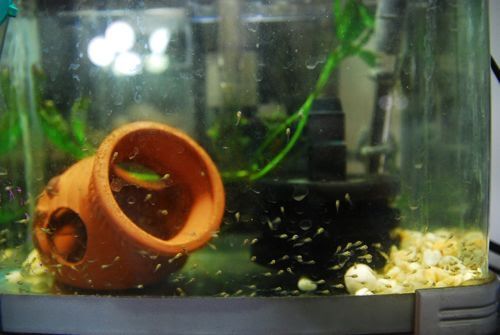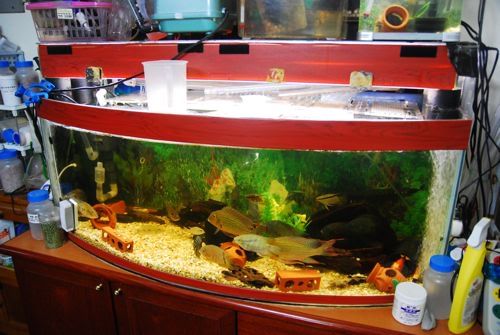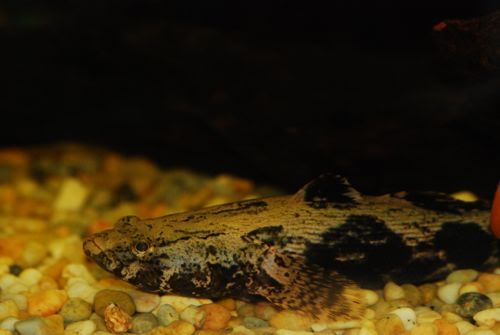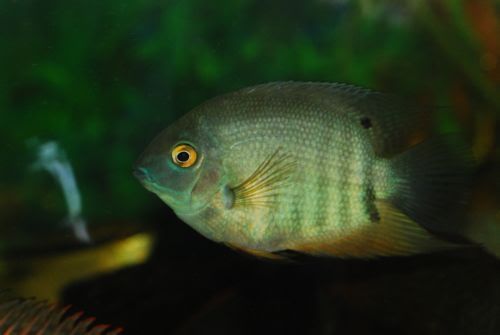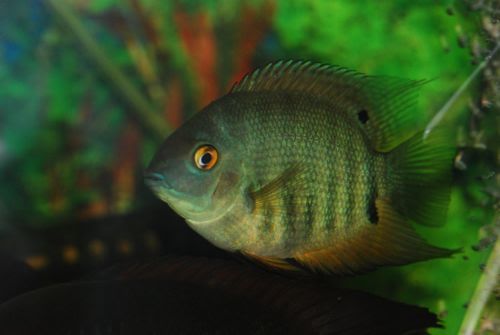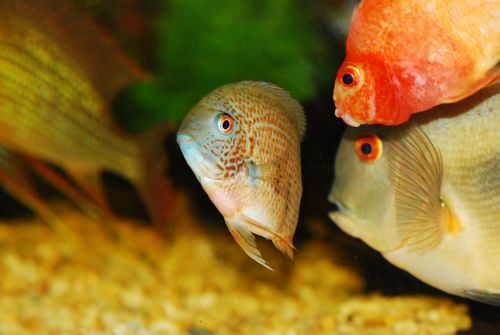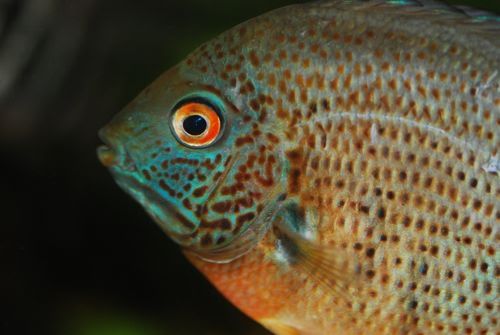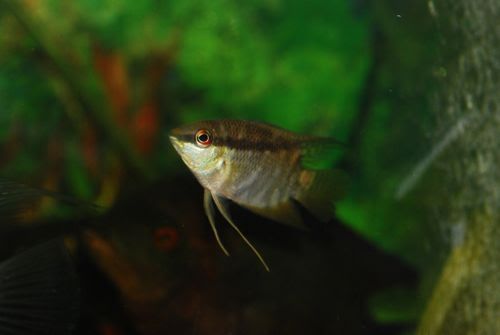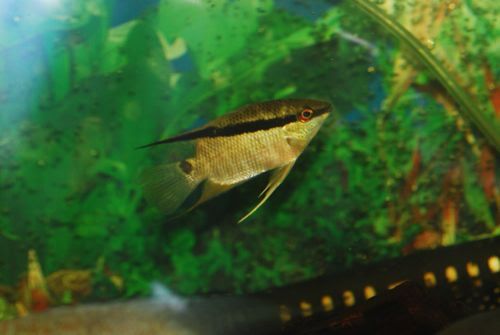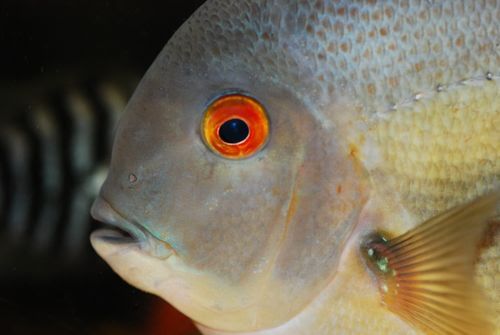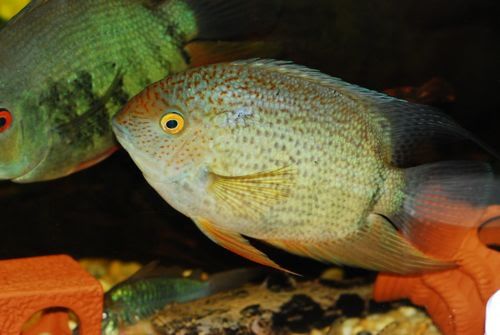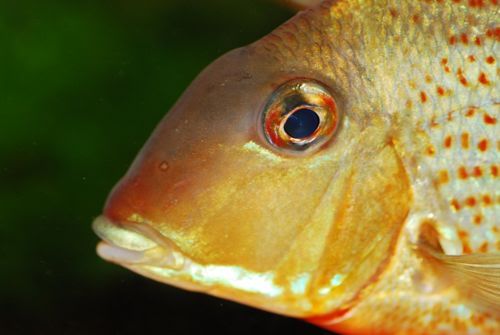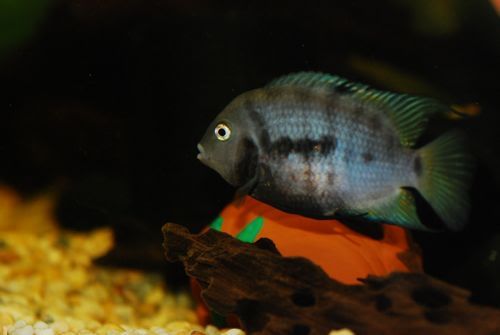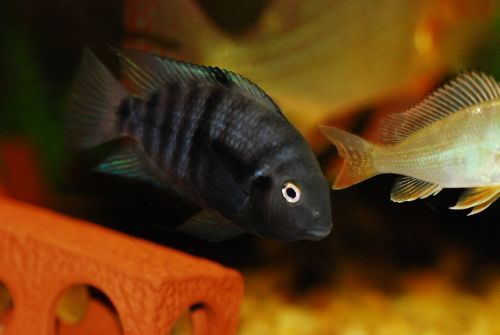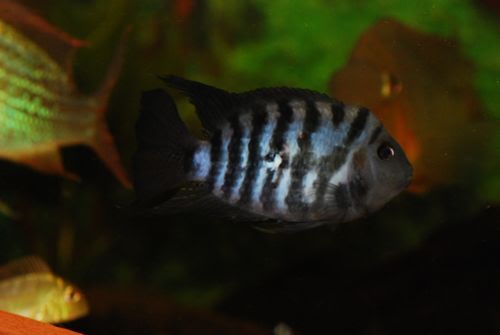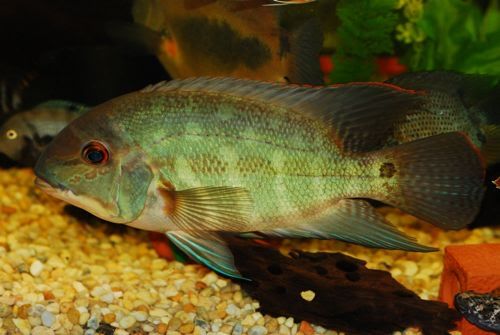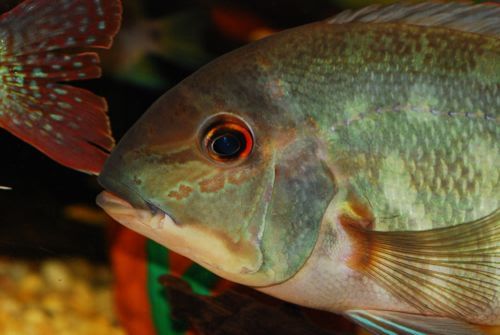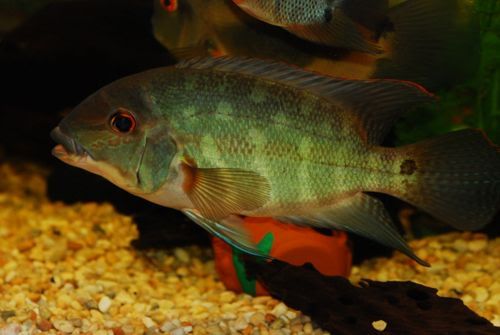數位影像
psw: di3259
0325
Basic Terminology:
Digital Image
Resolution
Pixel Dimensions
Bit Depth
Dynamic Range
File Size
Compression
File Formats
/// Digital Image ///
1. Electronic snapshot
2. Digital image - mapped as a grid of dot or picture elements
3. Each pixel = tonal value (black, white, shades of gray or color) -> binary code(0,1)
4. Binary digits ("bits") for each pixel stored in a sequence, reduced to a mathematical representation (compressed)
5. Bits interpreted and read by the computer -> analog version for display of printing
/// Resolution ///
1. Ability to distinguish detail
2. Special frequency at which a digital image is sampled(the sampling frequency)-indicator of resolution
3. Dot-per-inch of pixel-per-inch used ti express resolution
4. Increasing the sampling frequency, increases resolution
5. Individual pixel seen by zooming in
/// Pixel Dimensions ///
1. Horizontal and vertical: measurement of an image expressed in pixels
2. Pixel dimensions = width x heigh x dpi^2
3. Digital camera - pixel dimensions = #pixels ->horizontally and vertically (e.g., 2,048 by 3,042)
/// Bit depth ///
1. Number of bits for each pixel
2. Greater the bit depth, the greater the number of tones (grayscale or color)
3. 2-bit image - (00, 01, 10 and 11)
00=black
11=white
3 bits (2^3)= 8 tones
4 bits (2^4)= 16 tones
8 bits (2^8)= 256 tones
16 bits (2^16) = 6,5536 tones
24 bits (2^24) = 16.7 million tones
/// Dynamic Range ///
1. Range of tonal difference between the lightest light and darkest dark
2. Higher the dynamic range, the more potential shades
3. Range also describes a digital system's ability to reproduce tonal information
4. Smoothly varying tones, single most important aspect of photo image quality
/// File Size ///
1. Multiply the surface area (height x width) by bit depth and dpi^2 /8
2. Image file size in bytes, which are made up of 8 bits, diving this figure by 8
Formula 1 for file size: height x width x bit depth x dpi^2 /8)
Formula 2 for file size: pixel dimensions x bit depth / 8
3. digital images = large files, number of bytes represented in increment of 2^10 (1024) or more
1 Kilobyte (KB) = 1024 bites
1 Megabyte (MB) = 1024 KB
1 Gigabyte (GB) = 1024 MB
1 Terabyte (TB) = 1024 GB
/// Compression ///
1. Used to reduce image file size for storage, processing and transmission
2. Compression techniques abbreviate the string of binary code to a form of mathematical shorthand
3. Schemes characterizes as either lossless or lossy
4. Lossless schemes abbreviate the binary code without discarding any information
5. Lossy schemes, such as JPEG, utilize a means for averaging discarding the least significant information, based on visual perception
/// File Formats ////
1. Consist of:
> the bit that comprise the image
> header information on how to read and interpret the file
2. File formats vary in terms of resolution, bit-depth, color capabilities and support for compression
3.Fole Formats:
> TIFF - Tagged Image File Format
> GIF 89a - Graphic Interchange Format
> JPEG - Joint Photographic Expert Group
> PDF 1.3 - Portable Document Format
> PSD - Photoshop Document
> PNG - pg. 438 (portable network image)
/// Scanning ///
1. In the early prepress workflow, all images were made into negative films by using process camera or scanner for manual stripping
2. In today's electronic prepress workflow, all images were recorded into digital data for electronic composition
3. Digitizing an image into raster form
4. Recording resolution: dpi
5. Pixels: the smallest dot in an digital image
6. Color image use RGB filter to separate the color information
/// Basic Setting ///
1. Original
2. Resolution
3. Size
4. Exposure
5. Scanning curve adjustment (for continuous-tone image only)
6. Color adjustments
/// Original ///
1. Line arts
2. Pictorial image
> b/w or color
> slide or print
3. RGB or CMYK
/// Resolution ///
1. LPI
2. DPI
/// LPI ///
1. Line per inch
2. Conventional halftone measurement
/// DPI ///
1. Dot per inch
2. PPI, SPI (spot per inch)
3.the basic dot in a bitmapped image or device
> sample rate scanner
> smallest dot in a digital image
> One scanning spot on monitor
> Smallest dot can be produces by an output device
> DPI =/= resolution
/// Resolution setting ///
1. Line arts
> scan res. = (output device res.) x (Sizing factor)
> no need to over 1200 dpi
2. Pictorial image
> Scan res. = lpi x (Quality index) x (Sizing factor)
> Quality index = 1.5 - 2
/// Exposure ///
1. Line arts > threshold setting
2. Continuous- tone image > highlight and shadow setting
Line arts Scanning
1. use threshold to control sharpness of image
/// Highlight and Shadow ///
1. Highlight
> the brightest but still has details area of the original image
> the smallest dot the output device can produce
2. Shadow
> the darkest but still has details area of the original image
> the biggest sot the output device can produce(not solid black)
/// Scanning Curve
1. Scanning curve is the major setting to determine how the image tone will be captured and reproduced
2. The adjustment will depend on the original's tonal distribution
3. Can also be adjusted in Photoshop's curve but with less quality result
/// Tone reproduction
1. Tone or key: the distributions of lightness and darkness in an image
2. Tone compression: the reprosuction's density range is less than the original's
/// Image characteristics
1.Three major characteristics:
> Normal-key image
> High-key image
> Low-key image
2. adjusted by scanner curve
/// Original color Adjustment ///
1. Correct color cast
2. Adjust or enhance image color
> Global color correction
> local color correction
0408
4/29 don't be late, there is a text
Homework: 40x60cm scan + 背板
on walls of 2F/3F
+A5 size name and description of the homework
兩張照片的合成
4800/9800 相紙輸出
/// Color Reproduction Theory ///
1.Use the limited colors to reproduce all color in original
2.Addtive and Subtractive primary colors (RGB & CMYK)
3.RGB filter are used to separate original colors
4.Additive color system: RGB color reproduction
5.Suntractive color system: Complementary colors (CMY) are used to reproduce original colors
> Black is added to increase the density
> Add colors to achieve large
6.Color synthesis 模擬 : color is reproduced by an idea light absorption and reflection 加色法/減色法
/// Criteria/Judge for good color reproduction ///
1.Tone reproduction
2.Gray balance
3.Memory color
4.Color balance
5.Sharpness
/// Tools in Photoshop ///
1.Tonal adjustment
> level, curves, brightness/contrast
2.Color adjustment
> select channel in level, curves
> color balance, hue/saturation, replace color, selective color
